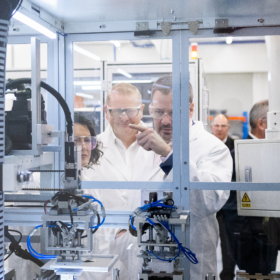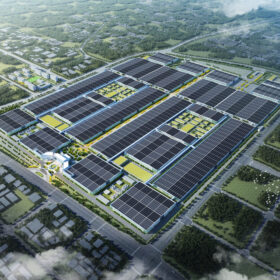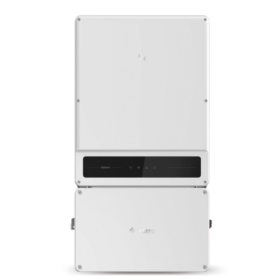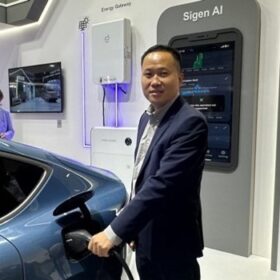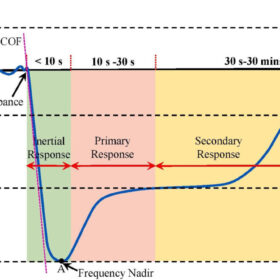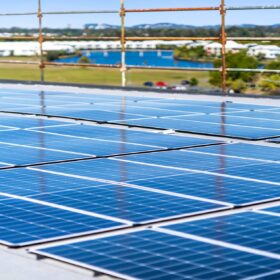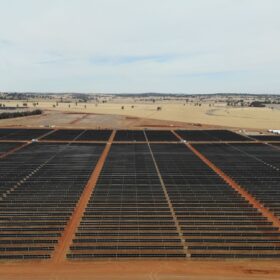Li-S Energy to build on battery plant with lithium foil facility
Queensland lithium-sulphur battery company Li-S Energy has capped the official opening of a 2 MWh cell production line in Victoria by announcing it has secured a $1.7 million federal government grant to develop Australia’s first lithium foil manufacturing facility.
PV industry faces consolidation says JinkoSolar
JinkoSolar has begun converting its production to n-type tunnel oxide passivated contact (TOPCon) products to stay competitive, says Frank Niendorf, the company’s general manager for Europe. He predicts that several market players in the value chain will exit the market soon.
GoodWe unveils solar inverter for C&I solar projects
GoodWe has developed a new inverter product line designed for small commercial and industrial PV projects.
Sigenergy aims to conquer commercial PV storage market with AI
Sigenergy was one of the first companies to present a bidirectional DC wallbox that is integrated into a photovoltaic storage system. Co-founder and CTO Samuel Zhang talks about the manufacturer’s story and its plans to expand into the commercial market, integrating AI into its systems and the future of vehicle-to-grid technology.
SunPower files for bankruptcy
United States-headquartered solar company SunPower Corp has filed for bankruptcy, among the largest in a series of major bankruptcies in the industry.
Queensland researchers recover silver from PV waste via green graphene
Researchers at Queensland’s James Cook University have developed a process to synthesise graphene from tangerine peel oil, which they then used to recover silver from waste PV material.
New battery sizing approach for virtual synchronous generators, control-based grid-forming inverters
A team of researchers in Western Australia has outlined a new methodology to determine the minimum power rating of energy storage systems used for emergency under-frequency response. The ESS size must be calculated to maintain the frequency within the standard operating range.
PV module cooling tech tipped to boost net electrical energy
Scientists in Europe have created an after-market cooling solution that can be fitted to existing standard PV modules. The system is based on a water chamber placed at the backside of the module and can reportedly provide a net electrical energy gain of more than 9%.
GoodWe Galaxy panels provide no-penetration solution for rooftop install
A 30 kW solar array featuring GoodWe’s lightweight Galaxy series solar panels has been ‘glued’ atop a six-storey residential building on Queensland’s Gold Coast to provide a no-penetration solution that preserves the integrity of the rooftop.
WoodMac says global solar tracker shipments grew by 28% in 2023
Global tracker shipments reached 92 GWdc last year, according to WoodMackenzies’ latest report, with three United States-based manufacturers, Nextracker, Array Technologies and GameChange Solar, ranking as the three largest shippers in the world.
